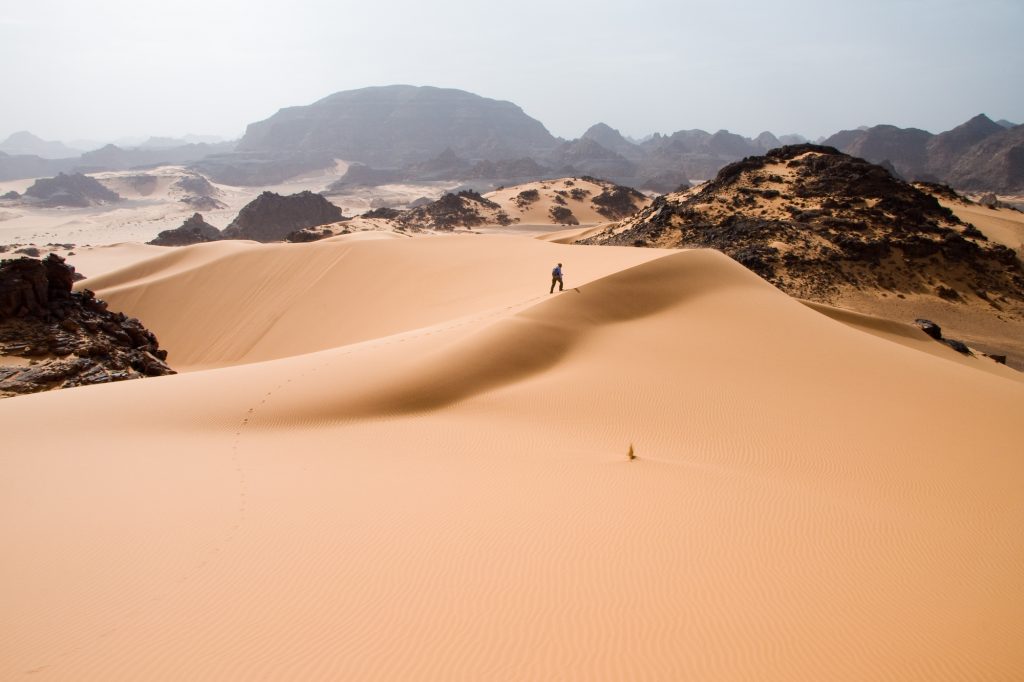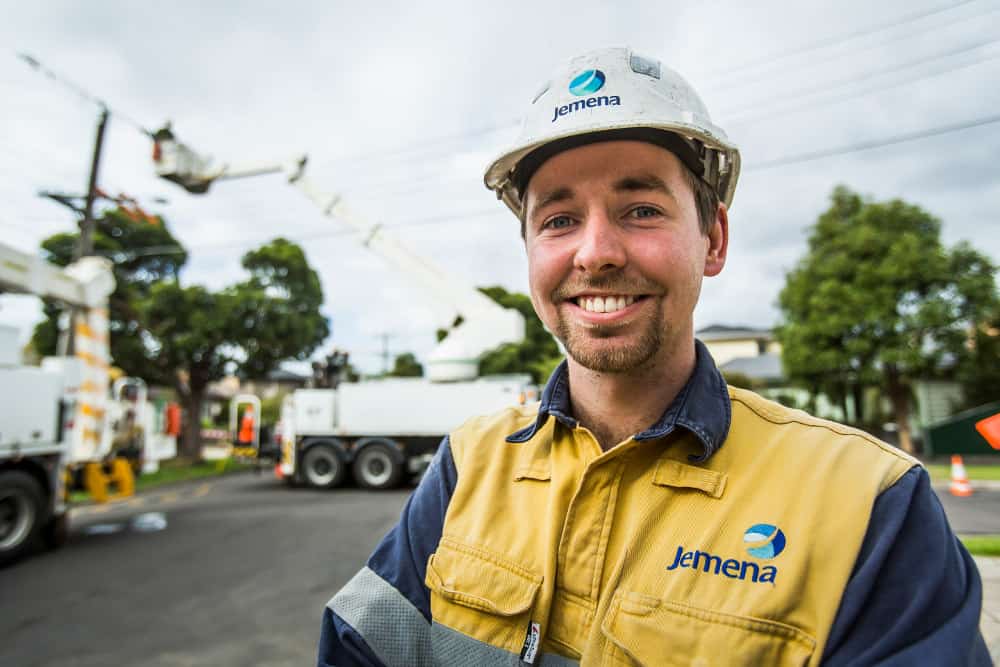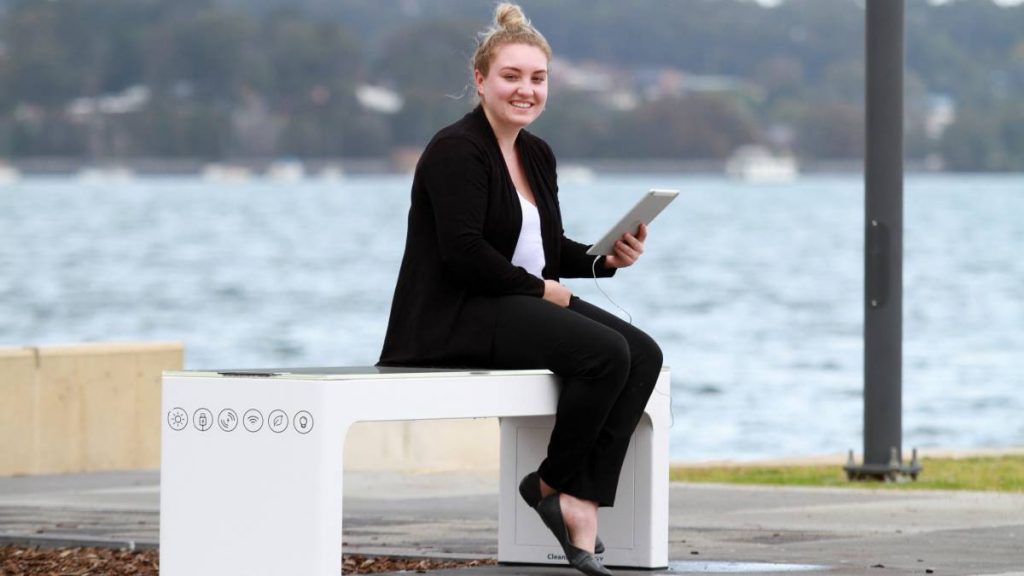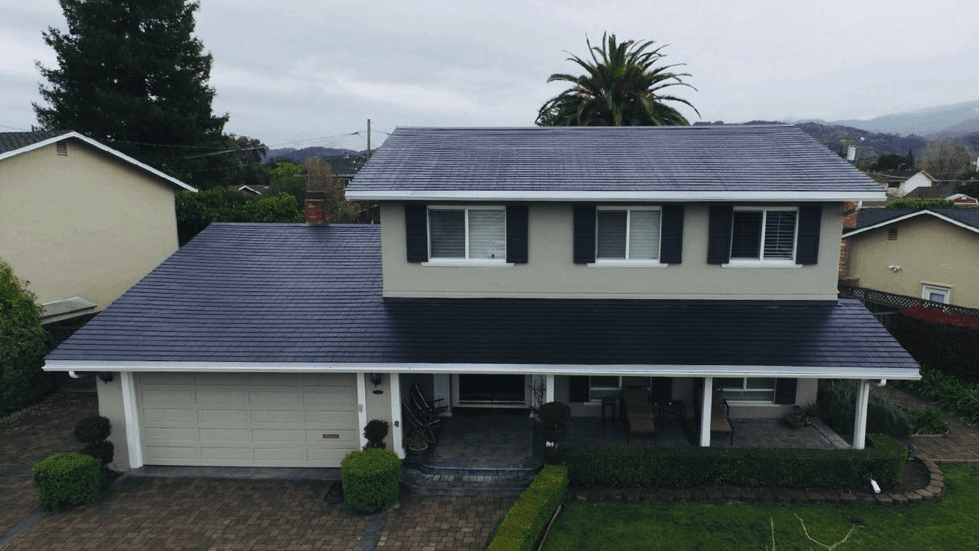American company SolarReserve have signed an MoU with Heliostat SA to manufacture and assemble the components for their solar tower and molten salt storage facility at Port Augusta.
SolarReserve Commence Construction on Aurora Solar Thermal Plant
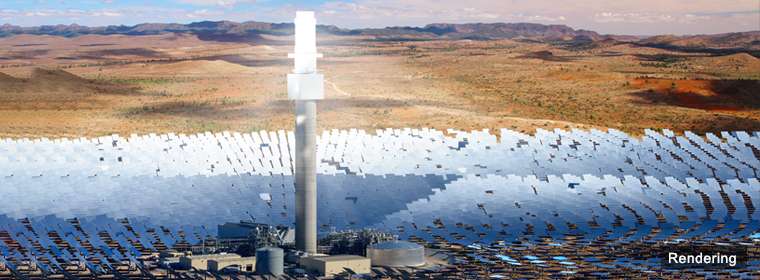
SolarReserve announced on Tuesday that they’ll work with Heliostat SA to create 12,800 96 square metre glass mirrors for their Aurora Solar Thermal Plant.
The solar thermal plant in Port Augusta, South Australia, was announced last August and received developmental approval back in January It is slated to be a $750m project but we haven’t heard any specifics as to updated pricing, and this information is the first news on the project since January of this year.
According to the CEO of SolarReserve, Kevin Smith, the solar thermal power plant will comprise of approximately 12,000 mirrors, each the size of a billboard (around 100sqm), arranged in a circle over 600 hectares. The mirrors will focus light and heat to the top of a 227m tall tower to generate up to 150MW. This will result in over a million square metres of surface area for the project.
“Aurora will provide much needed capacity and firm energy delivery into the South Australian market to reduce price volatility,” Mr. Smith said at the time. He elaborated today when discussing the deal with Heliostat SA:
“We’re excited to have formed a long-term partnership with Heliostat SA and look forward to teaming up with them to bring manufacturing of our world-class heliostats to South Australian workers,” said Mr. Smith.
“SolarReserve is committed to supporting South Australia’s goals which will attract investment, create South Australian jobs and build an exciting and growing new industry.”
According to an article on RenewEconomy the project will create around 200 full time solar jobs for the area, with 650 to be employed during the construction phase.
This project is a bit slow and new information is thin on the ground, so great to hear that it’s moving ahead. We’ll keep you posted as soon as there’s any new information on the solar thermal plant!

